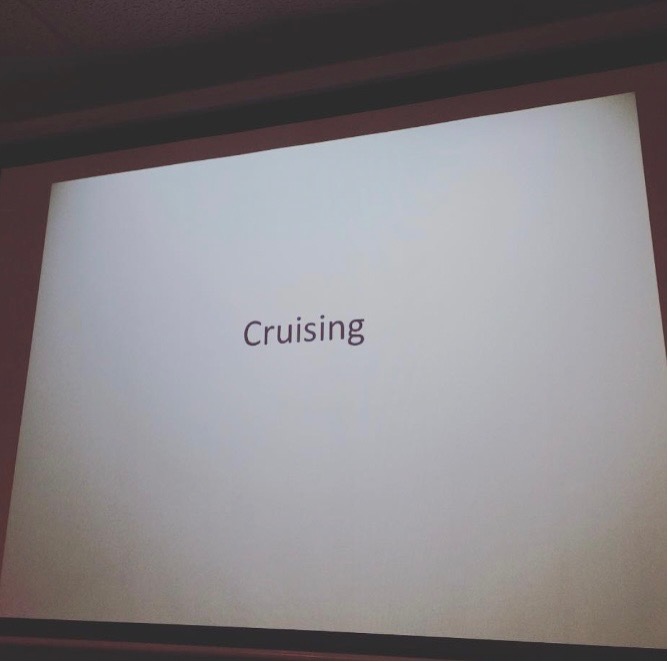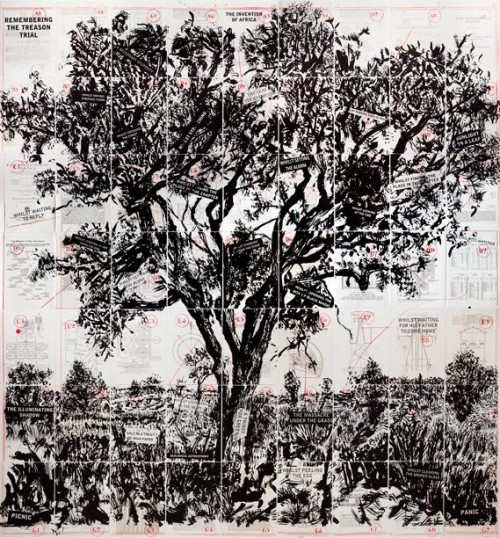Learning from Douglas: A Course Schedule
by Peter Murphy Art and the City: New York in the 1970s (Fall 2015)Monday 2-4:40PM, Morey 524Professor Douglas Crimp When I walked into the seminar room and saw the word “Cruising” projected onto the vinyl screen, I thought, with a budding sense of satisfaction, “This is why I’m in grad school.” For years, I had fantasized about the Hudson River piers that David Wojnarowicz writes about in Close to the Knives; now I had the chance to learn from someone who experienced them, someone who was there. Douglas quickly reminded me that while the pleasures found at the piers were invigorating (sex, friendship, sunbathing), there was also danger present at every turn (robbery, assault, murder) and every step (the wood was so decayed that it could give way). Our discussion of Alvin Baltrop’s photographs made this starkly clear: in addition to the alluring images of beautiful men fucking in dilapidated settings, there are also images of corpses and police investigations. This distant violence, as well as Wojnarowicz’s intoxicating way of writing about these dangers, informed …



